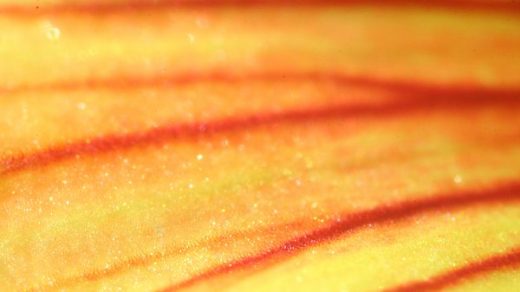There will be two answers to the question “What is an art print?”, which result from how strictly the person in question deals with the term. In common usage, art prints often refer to pictures or posters based on a famous work.
 In other words, prints that represent art. In contrast, the answer to the question “What is an art print?”, taking the actual definition into account, describes a printing process that, while primarily designed to reproduce paintings, must meet certain criteria.
In other words, prints that represent art. In contrast, the answer to the question “What is an art print?”, taking the actual definition into account, describes a printing process that, while primarily designed to reproduce paintings, must meet certain criteria.
Art prints can be bought for very reasonable prices, at www.aufleinwand.com/ for example.
The main purpose of art printing is to reproduce a painting as faithfully as possible. In order to achieve the color impression of the original, that can be viewed at a musem, which usually results from a variety of colors used and characteristic color mixtures of the artist, the art print uses more basic colors than the usual color print. This is also necessary in order to be able to represent special colours such as gold, silver or purple. The greater the number of colours used, the better the original colour impression is reproduced and the higher the quality of the print.
Raster printing
A further feature of high-quality art printing is a screenless or frequency-modulated, non-periodic screen printing, which prevents the so-called moiré effect, the formation of patterns caused by colour overlays. In addition, the art print uses high-quality print carriers. These are on the one hand canvases, on the other hand art print papers or art print cartons. The papers are matt, silk matt or glossy coated.
The priming with chalk or other coating materials ensures a more stable surface and optimum colour absorption, which in turn is reflected in bright, intensive colours and sharp contours.
Art Print Qualities
 Contrary to the widespread opinion that an art print is merely a reproduction of art, usually in the form of a painting, an art print is rather a printing process that deals primarily with the representation of paintings as close to the original as possible.
Contrary to the widespread opinion that an art print is merely a reproduction of art, usually in the form of a painting, an art print is rather a printing process that deals primarily with the representation of paintings as close to the original as possible.
In order to reproduce the colour impression of the original as faithfully as possible, however, art printing requires not only special printing machines, but also a considerably more extensive range of colours and colour mixtures, including special colours such as gold, silver or purple, than simple colour printing. High-quality art prints therefore fulfil a number of criteria that distinguish them from colour copies produced using simple printing processes.
- The original is printed without a screen or in a non-periodic screen, also known as a frequency-modulated screen, which prevents a moiré effect. A moiré effect occurs when screens or lines overlap to create new lines and a marbling effect.
- The number of colours used and the printing process used are listed on the certificate or in a marginal area of the art print.
- The print substrate is a high-quality substrate, such as high-quality image paper or textile print substrates such as canvas. In addition, art prints are framed, presented as a passe-partout or as a deco block.



